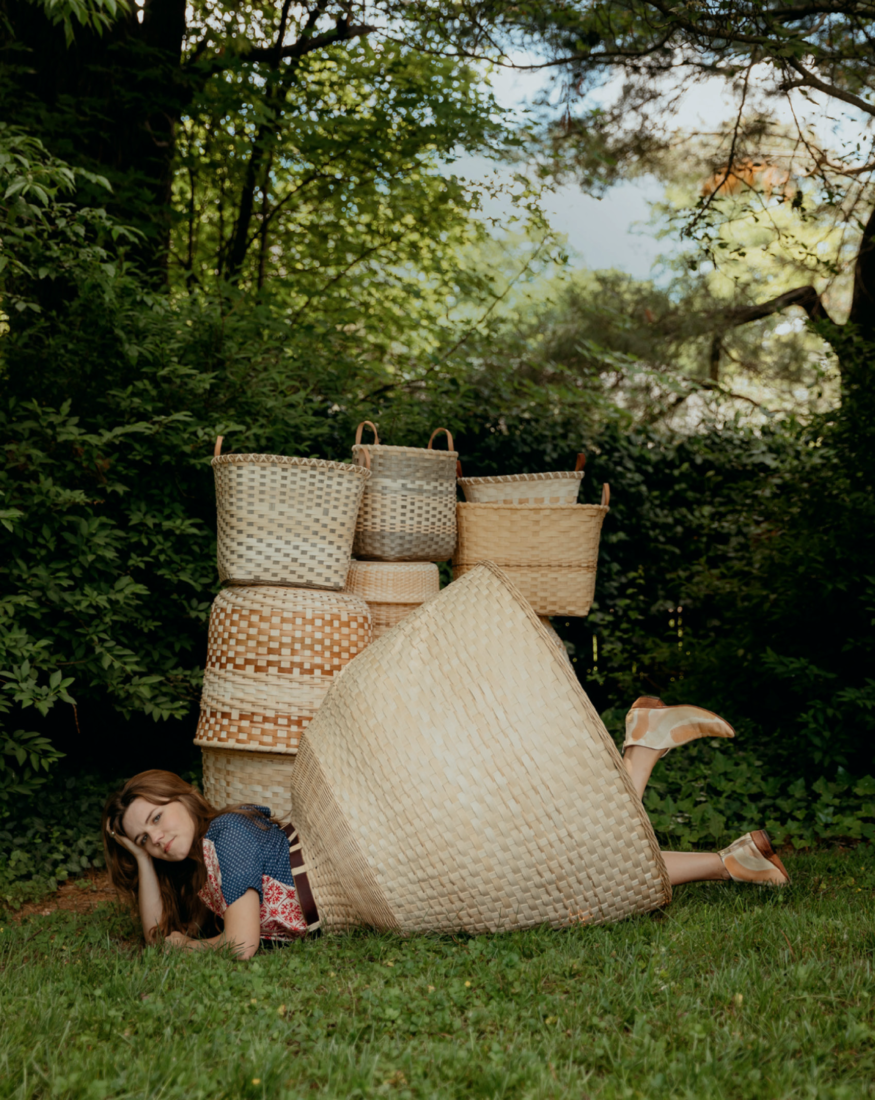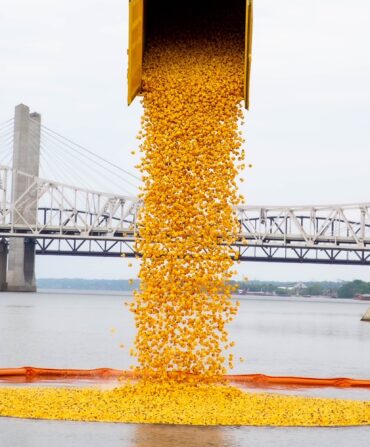Inside her home studio on a quiet street in Lexington, Kentucky, the basket weaver and designer Emily Ridings turns out a breathtaking range of pieces that offer both contemporary flavor and old-fashioned high artistry: sand-colored handbaskets with brown leather straps, structured baskets of all shapes and sizes, woven bracelets and cuffs, reed hats, bud vases, and cane basket purses. But when dreaming up her first showstopping basket-inspired design—a billowing hoopskirt that would go on to star on a New York City runway—Ridings initially leaned on her grandmother’s expertise.

Brainstorming that summer of 2017 at Grandma Judy Ridings’s house in nearby Richmond, the then rising senior at Pratt Institute in New York had never woven a basket herself. For as long as Emily could remember, though, her life with Judy, a premier weaver, had been filled with strands of bamboo reeds and cane. And while Ridings, who dreamed of being a fashion designer, often revamped familiar objects—turning a tablecloth into a dress, for instance, and pieces of a clay bowl into buttons—when it came to the hoopskirt, “I had never done anything like this before,” she recalls. “But I thought, if I’m going to do it, it’s going to be big.”
After strategizing with Judy, the two chose a plain weave, a technique traditionally built around a mold, which they created from scratch. A mini trampoline served as the base, on top of which they placed a trash can lid, a round nightstand, and a flowerpot. They weighed the pot down with rocks, wrapped chicken wire around the totem pole of home goods, and zip-tied it all to the trampoline, thereby creating the swelling shape of a hoop skirt. Then the real work began.
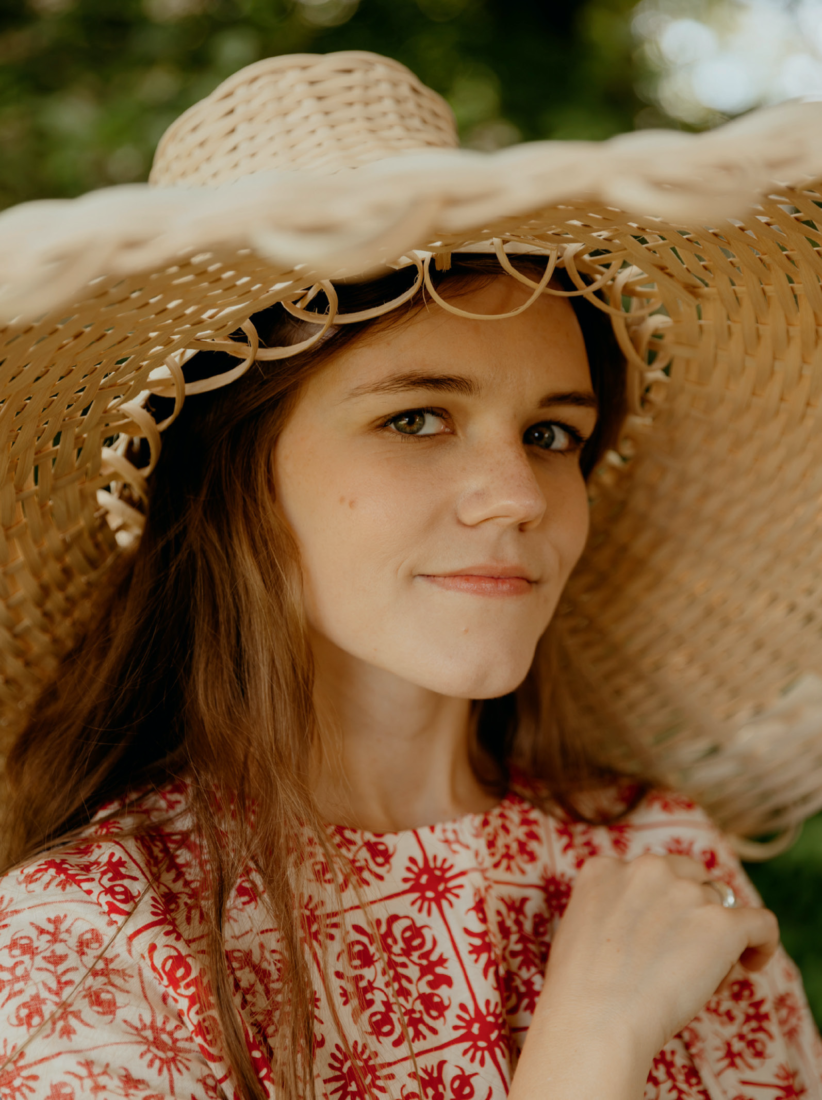
Over four days of intense bamboo reed soaking, pattern creation, and weaving, grandmother and granddaughter finished the skirt. National publications would eventually highlight the piece, along with Ridings’s full collection, which earned her a scholarship. The skirt so enthralled the fashion designer and activist Aurora James, in fact, that she asked Ridings to create a woven-basket-inspired bodice for James’s 2019 Met Gala red-carpet look. But perhaps most crucially, the brush with basketry inspired Ridings to expand her designs to include the art form. “It lit me on fire,” she says. She returned to the South, and over this past year has delved into weaving full-time, selling her pieces on her website and at pop-up markets. Commissions, which run in the $250 to $950 range, typically take six weeks to complete. But for Ridings, the art runs deeper.
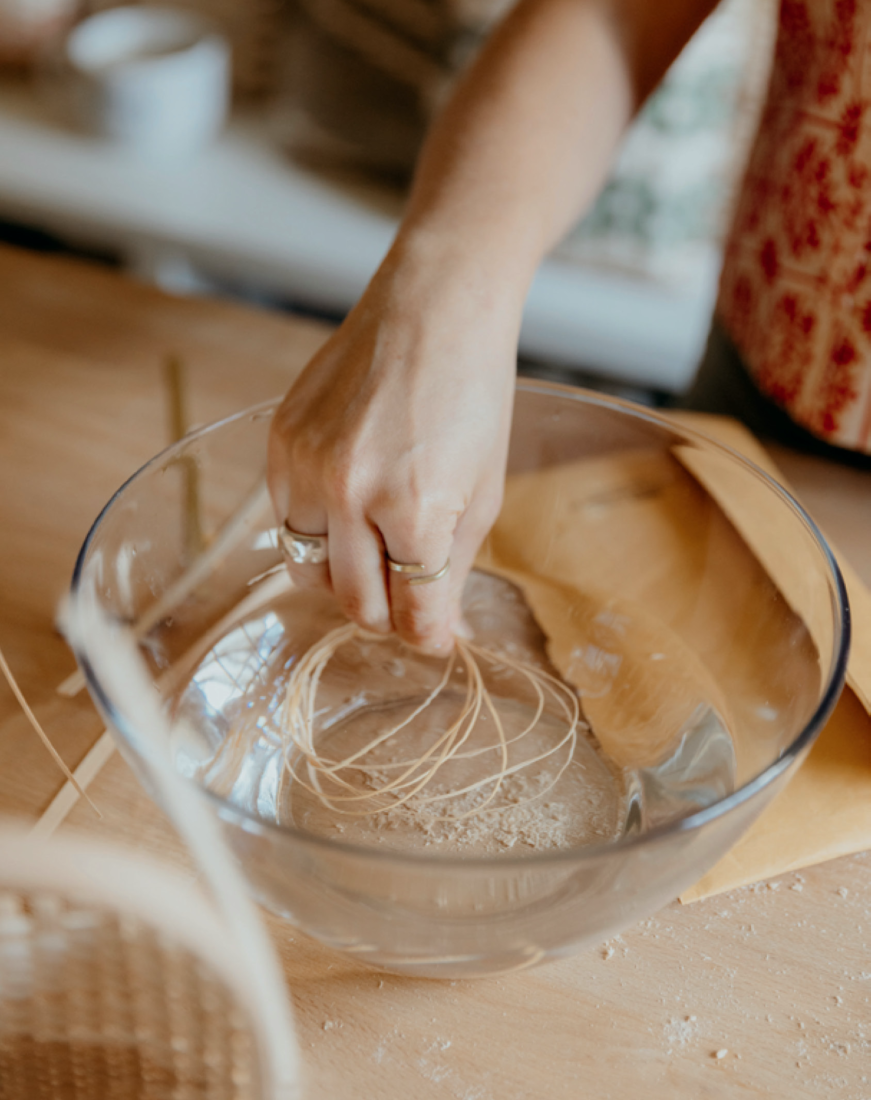
“I weave my heart through everything,” the twenty-six-year-old designer says, regardless of the raw fingers and blisters she endures from manipulating the sharp, wet materials. “Everything is connected. The whole process of weaving itself—it’s this idea of taking a lot of small pieces and pulling them into one piece. I think about this a lot. It’s like we’re all parts to make one whole.” That esoteric viewpoint makes its way in-to her work, too. Take, for example, her woven basket designed to create “unexpected views,” depending on which side one is facing. One flank features stained reeds woven in an asymmetrical motif that creates on the opposite side an entirely different set of tones and patterns.
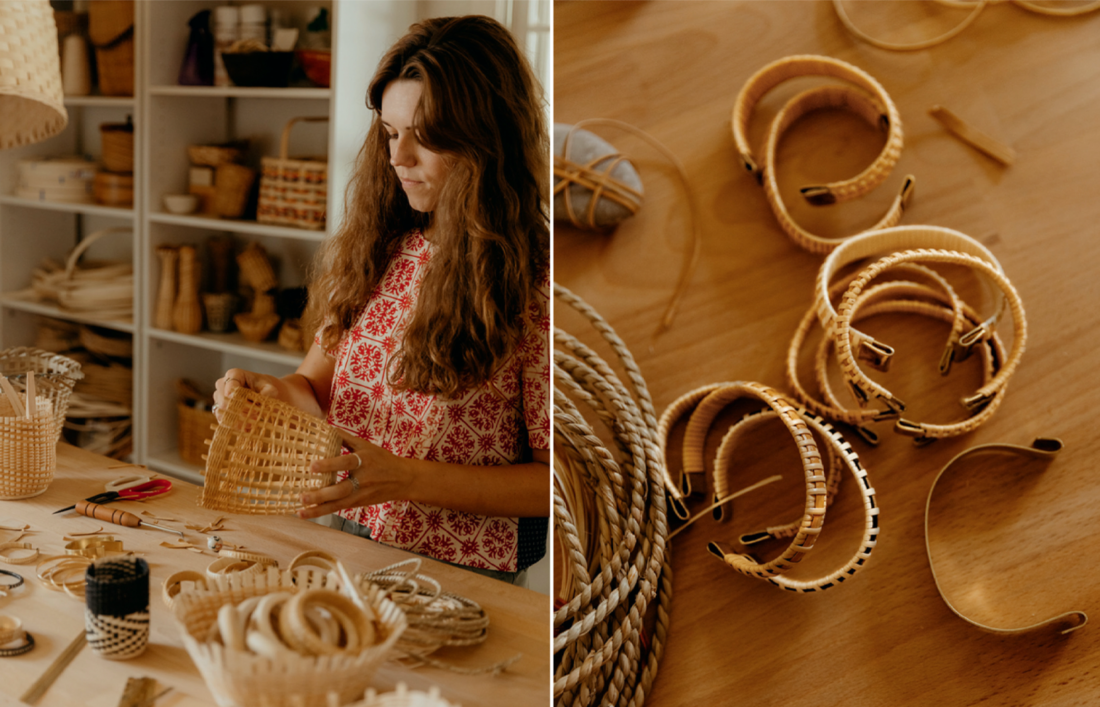
Ridings mainly sources her materials from independent wholesalers, but she also aims to make her art sustainable and enjoys reviving the occasional salvaged piece. That included, once, a beat-up old basket her friends had found on the side of the road and brought her, as a joke. “It’s inherently part of my process that no matter what, I use any amount left over,” she says. “It’s one giant puzzle that’s never finished.”
Ridings also continues to spend time with Judy. This past spring, the two attended basketry classes in Idaho and Washington. Among the attendees, Ridings was one of the youngest—by decades. And that tends to be the rule rather than the exception. While she didn’t necessarily intend, when she devoted herself to weaving, to carry “this torch for this craft,” she says, “perhaps I really am.” Even more so, though, basketry brought her back to her grandmother. Ridings says these past few years sitting alongside Judy, who has been her granddaughter’s primary instructor and colleague, have allowed them to bond as creators. “We can just sit and be present with the work.”


